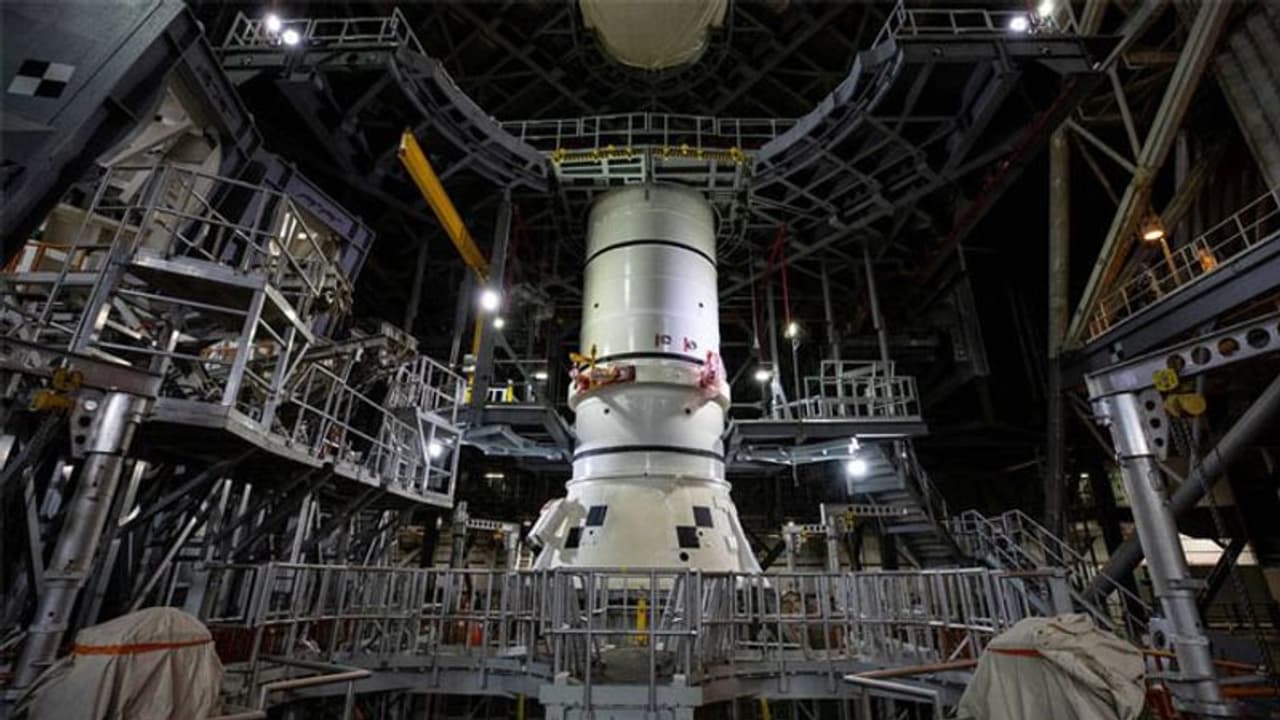The Artemis 1 mission will take an important step toward reintroducing humans to the Moon after a half-century absence. The spacecraft will visit the Moon, deploy some small satellites, and then enter orbit.
The launch of NASA's uncrewed next-generation Artemis I moon mission rocket, scheduled for Monday, has sparked widespread interest and excitement. NASA's new moon rocket will launch on a critical test flight on Monday. The Artemis I mission is crucial in NASA's and the space industry's history. It is only the first step toward a more prosperous future of space exploration. The Artemis 1 mission is set to take a significant step toward reintroducing humans to the Moon after a half-century absence. The spacecraft is set to travel to the Moon, deploy some small satellites, and then enter orbit.

On Monday, the Space Launch System (SLS) rocket will launch a crewless capsule called Orion around the Moon and back in a six-week test flight.
The Artemis 1 rocket engine is said to be the most powerful ever flown into space, even more, powerful than Apollo's Saturn V system, which took astronauts to the Moon in the 1960s and 1970s.
Artemis 1 is the first step toward Artemis 3, resulting in the first human missions to the Moon in the twenty-first century and the first since 1972. Artemis 1 is a test flight without a crew.
Astronauts will be aboard Artemis 2, which will launch a few years later. It, too, will be an orbital mission, similar to Apollo 8, which circled the Moon and returned home. The astronauts will orbit the Moon for a longer period and will test everything with a human crew.
NASA hopes to land the first woman on the Moon's surface as early as 2025 with this mission. The two-person descent team of Apollo 17 in 1972 were the last humans to walk on the Moon, following in the footsteps of ten other astronauts on five previous missions beginning with Apollo 11 in 1969.
Finally, Artemis 3 will travel to the Moon's surface, where it will rendezvous with the SpaceX Starship and transfer crew sometime in the middle of the decade.
The spacecraft will travel 40,000 miles beyond the Moon's far side. In October, the capsule is expected to crash-land in the Pacific Ocean.
According to NASA, all systems appeared "go" for liftoff on Sunday, and weather forecasts predicted an 80 per cent chance of favourable conditions at the start of Monday's two-hour launch window, which begins at 8:33 am EDT (ISD 6 pm on Monday), decreasing to 60 per cent near the end. If the countdown clock is stopped, NASA has designated September 2 and September 5 as possible backup launch dates.
Know how to watch the launch of Artemis-1?
You can watch the launch of NASA's Artemis-1 on the US space agency's official website or its social media handles, such as NASA's official YouTube page.
Also Read: NASA's Moon mission starts on August 29: Here's all you need to know
Also Read: NASA reshares eerie and haunting sound of a black hole; lIsten here
Also Read: James Webb telescope captures 'incredible' photos of Jupiter; Check out
